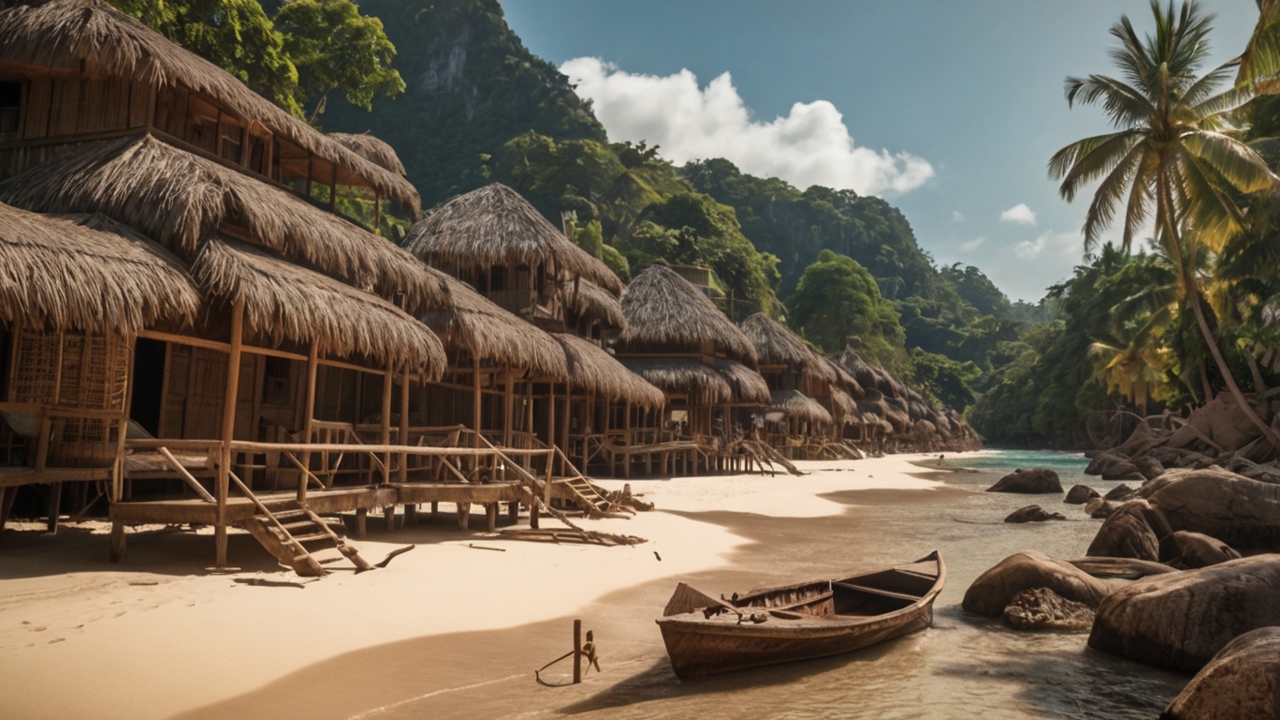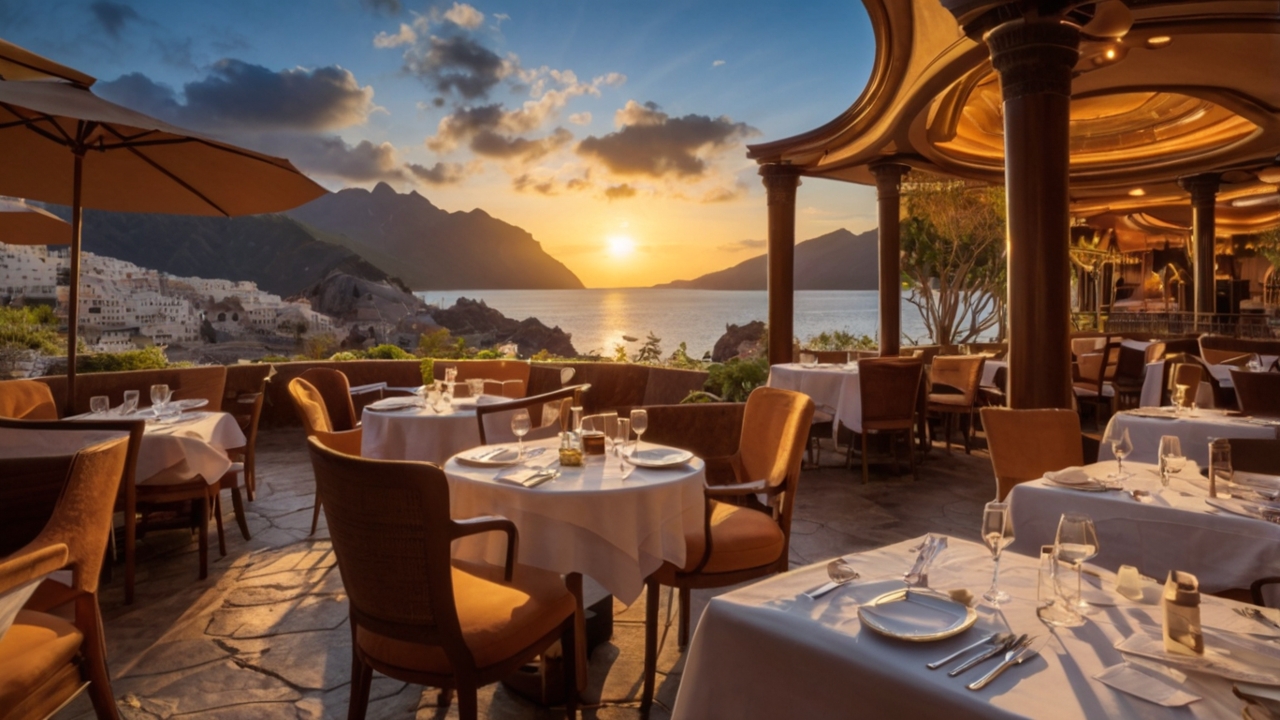The Most Dangerous Places for a Vacation, When Paradise Turns Perilous
Trans to Find – When we plan a holiday, we imagine turquoise waters, scenic mountains, and vibrant cultures not danger. Yet, the world holds destinations where beauty and peril coexist. The most dangerous places for a vacation isn’t always where you’d expect; sometimes, it’s a paradise with hidden threats. Whether it’s nature’s wrath, political unrest, or wildlife encounters, these places remind us that adventure often comes with a cost. As a traveler and storyteller, I’ve learned that danger doesn’t always announce itself it hides behind breathtaking views.
“Read also: Egypt’s New 155mph Desert-Proof Trains Mark a Historic Leap Forward“
Death Valley, USA – Beauty That Burns
One of the most dangerous places on Earth is ironically located in the United States: Death Valley, California. With summer temperatures soaring above 56°C (134°F), this desert is both awe-inspiring and unforgiving. Tourists underestimate its extreme heat, leading to dehydration and heatstroke in mere minutes. Despite its danger, Death Valley attracts thousands each year for its surreal landscapes and eerie silence. Personally, standing there feels like facing nature’s purest test it’s stunning but reminds you that human fragility means little against elemental power.
Mount Everest, Nepal – The Roof of the World’s Perils
For those seeking glory, Mount Everest seems like the ultimate adventure. Yet, it is also among the most dangerous places for travelers. Over 300 climbers have died attempting to reach its peak, many due to altitude sickness, avalanches, or exhaustion. Even experienced mountaineers describe it as a place where “the air itself wants to kill you.” I find Everest fascinating it’s a symbol of ambition but also a mirror reflecting human vulnerability. The mountain rewards courage but punishes overconfidence.
Snake Island, Brazil – Nature’s Forbidden Zone
Just off the coast of Brazil lies Ilha da Queimada Grande, better known as Snake Island, a place so dangerous that it’s off-limits to the public. This island houses thousands of golden lancehead vipers, among the deadliest snakes in the world. Their venom can melt human flesh within hours. The Brazilian Navy strictly prohibits visits, except for scientists with special permits. The irony? The island looks like paradise from afar lush, green, and surrounded by crystal waters. It’s nature’s cruel joke: beauty guarding death.
Chernobyl, Ukraine – A Ghost Town Frozen in Radiation
Unlike natural dangers, Chernobyl represents the consequences of human error. The 1986 nuclear disaster left the city of Pripyat frozen in time, contaminated with radiation. Today, it draws curious tourists seeking a glimpse of post-apocalyptic silence. While radiation levels have decreased, some areas remain lethal for extended exposure. To me, Chernobyl is hauntingly poetic a reminder that the greatest danger often comes from within our own inventions. It’s not just a destination; it’s a warning written in radioactive dust.
North Sentinel Island, India – The Island That Rejects Civilization
In the middle of the Bay of Bengal lies North Sentinel Island, home to the Sentinelese tribe, one of the last uncontacted peoples on Earth. The Indian government has banned all access to protect both outsiders and the tribe itself. Any approach is met with hostility, often resulting in death. This makes it one of the most dangerous places to visit not because of disease or climate, but because its inhabitants fiercely protect their isolation. I personally view this as a form of sacred defiance, a living testament to humanity’s primal instinct for survival.
Lake Natron, Tanzania – The Mirror of Death
At first glance, Lake Natron in Tanzania seems ethereal, its pink waters glowing under the sun. But beneath that beauty lies a deadly secret. The lake’s alkaline levels are so high they can burn skin and calcify animals that fall into it. Even birds that mistake its surface for calm water are turned into eerie stone-like sculptures. Visiting Lake Natron feels like stepping into a surreal painting one that reminds you that beauty and danger are sometimes inseparable forces of nature.
“Read more: Mount Nemrut: Where Colossal Stone Gods Guard a 2,000-Year-Old Mystery“
The Danakil Depression, Ethiopia – The Gateway to Hell
Often called the “Gateway to Hell,” the Danakil Depression in Ethiopia is one of the hottest and most hostile places on Earth. Temperatures can exceed 50°C (122°F), with landscapes of sulfur lakes, acidic pools, and volcanic vents. Despite the danger, scientists and adventurers flock there to witness Earth’s rawest geology. I find it mesmerizing almost alien. Standing there feels like glimpsing what early Earth might have looked like: wild, uninhabitable, yet profoundly alive.
The Bermuda Triangle – Mystery Wrapped in Myth
Few regions capture imagination like the Bermuda Triangle, an area between Miami, Bermuda, and Puerto Rico. For decades, reports of disappearing ships and planes have turned it into a symbol of maritime mystery. Though scientific explanations like magnetic anomalies or human error exist, the legend persists. Whether myth or reality, it remains one of the most dangerous places in the popular imagination. I think its danger lies not in geography, but in how it blurs the line between science and superstition.
Balancing Adventure and Awareness
Ultimately, labeling a destination as the most dangerous places depends on perspective. What is perilous for one person may be paradise for another. Risk, in essence, is part of exploration it fuels our curiosity and tests our resilience. Yet, awareness and respect remain vital. Nature and history have ways of reminding us that not all beauty is meant to be touched. As I see it, the thrill of travel should never replace the reverence it deserves.



